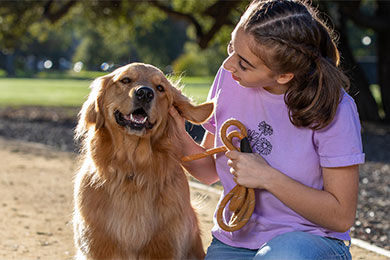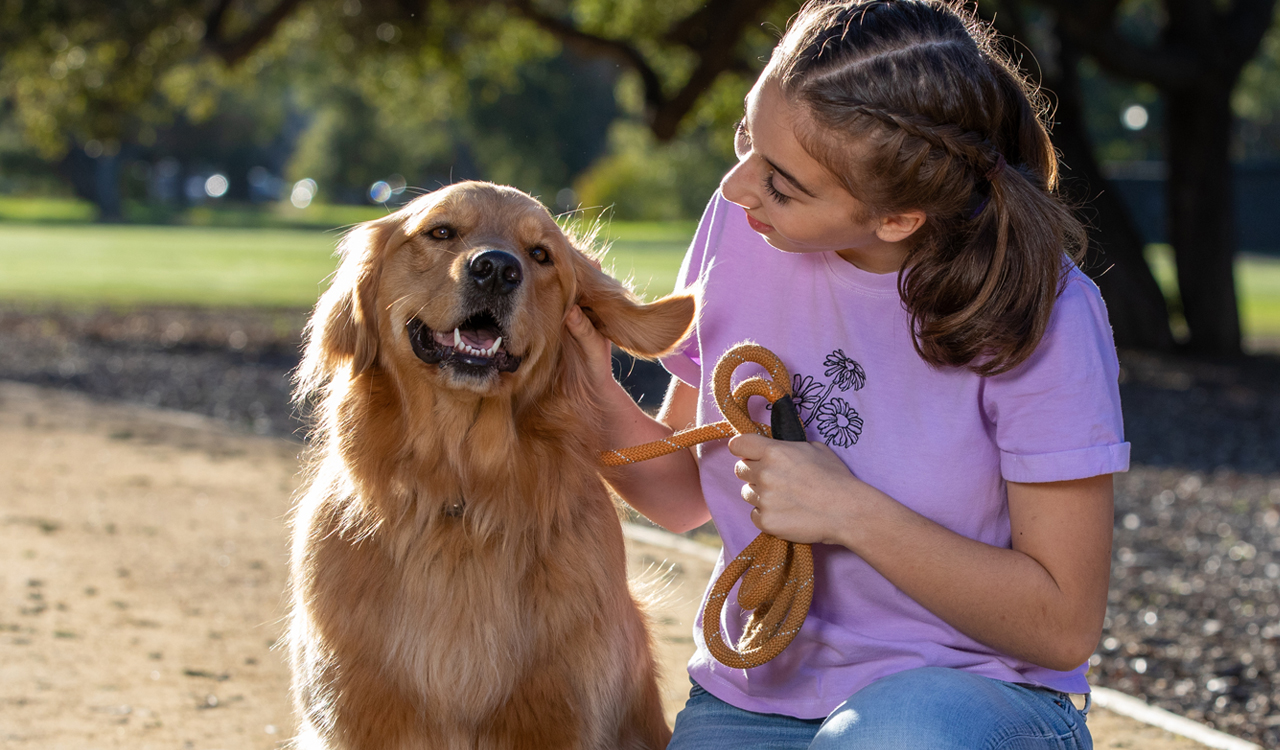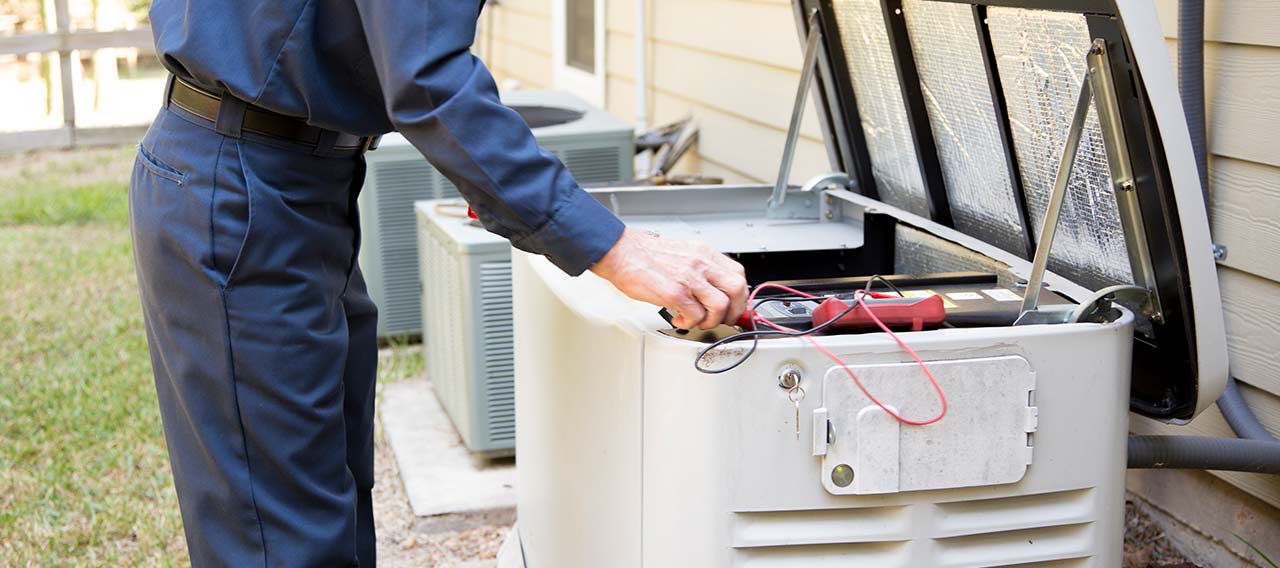- Individuals & Families
- Businesses
- Agents & Brokers
- Embedded Insurance

Chubb ranked #1 for Customer Satisfaction with the Home Insurance Claims Experience

Chubb ranked #1 for Customer Satisfaction with the Home Insurance Claims Experience

Chubb ranked #1 for Customer Satisfaction with the Home Insurance Claims Experience

Chubb ranked #1 for Customer Satisfaction with the Home Insurance Claims Experience

Because pets are family, Chubb now offers pet insurance with top-rated coverage from Healthy Paws.

Chubb offers the insurance protection you need for travel’s many “what ifs”.

Chubb protects small businesses at every stage – from newly formed start-ups to long-time anchors of the community.

Stay ahead of cyber threats with our free Cyber Claims Landscape Report.

Learn more about our dedicated learning paths, Online Learning Center, and more.

Many digital-savvy consumers look for it as a core or add-on option.

Many digital-savvy consumers look for it as a core or add-on option.

Many digital-savvy consumers look for it as a core or add-on option.

Chubb’s in-house technology makes it easy to integrate what we do into your customer experience.
-
About
-
Claims
-
Login & Pay Bill
For Agents & BrokersFor Travel Advisors
-
Back
A new furry friend can be fun, exciting, frustrating, and exhausting, all at once. But whatever type of pet you’re thinking about bringing home or have already brought home, you’ll want to keep them safe from harm, in good health, and trained. Below are a few tips to get you started with your newest addition to the family.
1. Get your paperwork in order.
Register your new pet with your state and pay any necessary licensing fees. A license will also help you reunite with your pet if they get lost.
2. Schedule your first visit with a vet for an initial checkup.
Make sure you discuss neutering, spaying, and vaccinations with your vet to determine what choices are right for your pet.
3. Consider pet insurance — vet bills can be costly.
Make sure your pet and your wallet are covered with pet insurance before their first visit to the vet.

Protect your four-legged family members with a Healthy Paws Pet Insurance plan
Get top-rated cat or dog insurance plans for your pets.
4. Microchip your pet.
Sadly, it’s not uncommon for a pet to run away. In case this happens to you, a microchip will allow any shelter or vet’s office to identify your pet.
5. Sign up for training.
If your new pet is a puppy, sign them up for dog obedience training as soon as possible. Putting this off can lead to bad habits. In addition to helping your dog, part of obedience training is teaching first-time owners how to properly walk their dog in public and introduce them to other people and pets. No one wants an out-of-control dog.
6. Play! Play! Play!
Have fun with your new pet, and don’t forget to include your dogs’ or cats’ paws in playtime. New pets need to get used to having their paws handled, and this will also allow you to more easily trim their nails in the future.
7. Consider tracking technology.
Microchips are useful for storing information, but they cannot track your pet’s location. If this is something you are concerned about, look into pet tracking devices. These can be attached to your pet’s collar and provide an easy way to find your pet if they run off. Keep in mind that tracking apps provide their own set of cyber risks.
8. Set a grooming schedule.
Different breeds require different levels of maintenance. Do your research to see how often your pet should be groomed.
Insights and expertise








This document is advisory in nature and is offered as a resource to be used together with your professional insurance advisors in maintaining a loss prevention program. It is an overview only, and is not intended as a substitute for consultation with your insurance broker, or for legal, engineering or other professional advice.
Chubb is the marketing name used to refer to subsidiaries of Chubb Limited providing insurance and related services. For a list of these subsidiaries, please visit our website at www.chubb.com. Insurance provided by ACE American Insurance Company and its U.S. based Chubb underwriting company affiliates. All products may not be available in all states. This communication contains product summaries only. Coverage is subject to the language of the policies as actually issued. Surplus lines insurance sold only through licensed surplus lines producers. Chubb, 202 Hall's Mill Road, Whitehouse Station, NJ 08889-1600.


